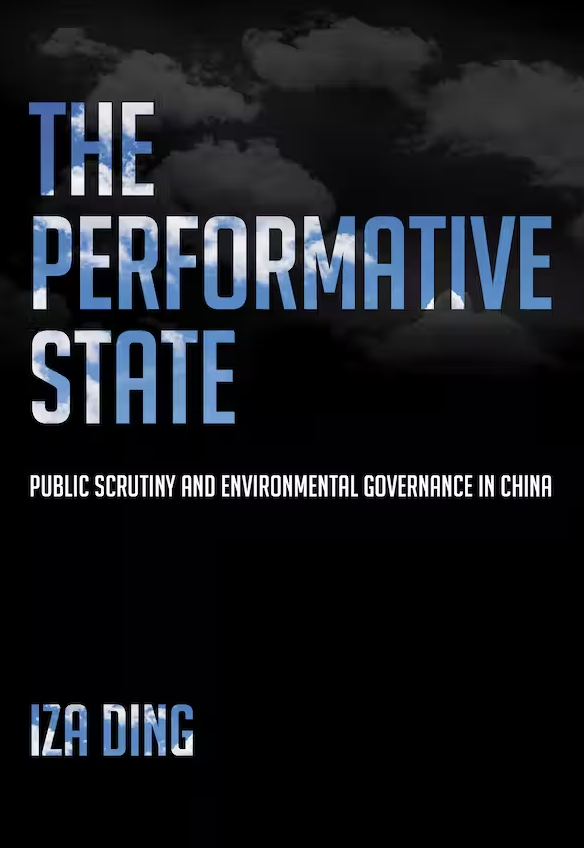
Extreme levels of pollution in China have led to an increasing outcry from its citizens for clean air and water. How does the environmental bureaucracy respond to this challenge? According to Ding, it depends on the level of state capacity and public scrutiny. In her typology, low state capacity and high public scrutiny produces “performative governance,” or the “the state’s deployment of visual, verbal and gestural symbols of good governance for the audience of citizens.” This form is in comparison to the ideal of “substantive” governance, when the state can respond to the issues at hand, predicted by high capacity and scrutiny. The book explores the dynamics of performative governance by the local environmental bureau in China from the bureaucrat and citizen perspective.
Through a compelling inside ethnography at a local environmental bureau in 2013, Ding provides evidence of the daily work of performative governance and the excessive strain that officials feel to respond to hundreds of citizen complaints a day. There are vivid descriptions of the detailed on-site inspections made in various factories as the smell is so strong it makes people ill. Officials even started inspections in the middle of the night, with full knowledge that factories are working illegally. While so much work was happening, there was little significant change in industry behavior or even a fine. There is ample evidence that the government office has well-qualified staff and appropriate and high-tech equipment to test and understand the sources of the pollution from polluted industries, so that is not contributing to the inaction, removing an often-cited cause (and solution). Rather its low capacity is the result of its limited political authority.
The subsequent chapters use public surveys, analysis on-line media and interviews to understand how citizen’s view performative governance, finding that it has contributed to approval of the environmental bureau’s work. The final chapter applies performative governance in other contexts including the Flint water crisis, COVID-19 in Wuhan and water pollution in China and Vietnam, finding that performative governance is best suited to a society with information control. The book is well-researched and an enjoyable read. It would be a great addition to an environmental policy or China politics class
